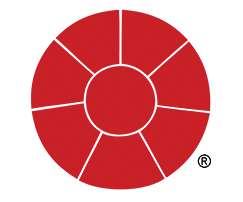Proactive marketing and business development executives – CRM, internal engagement and career insights
Red Star Kim
DECEMBER 5, 2023
Leadership and the In-Group/Out-Group Phenomenon (blanchard.com) Create a sense of unity by reminding people we are on the same team and all striving for the same results (happy clients and increased profits). Finding ways to meet with people in real time (such as at social events) can help.












Let's personalize your content